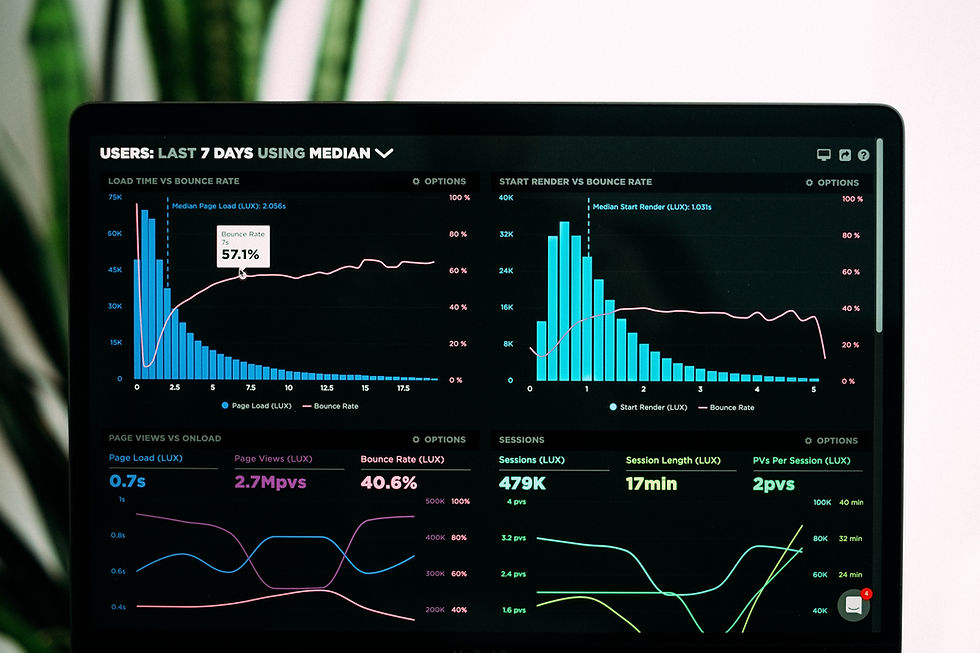
Shifting Towards Leading Indicators in Oil and Gas Safety Performance
I've collaborated with various organizations to enhance safety performance. A critical realization is that traditional safety metrics, while informative, don't fully capture the essence of proactive safety management. In this blog, we'll delve into the power of leading indicators for achieving safety excellence and fostering a safer, more productive work environment.
The Shortcomings of Lagging Indicators
Traditionally, oil and gas sector safety has been gauged by lagging indicators like accident rates and injury severities. Although these provide historical insights, they are reactive by nature, focusing more on failures than on preventive strategies. A shift towards proactive, leading indicators is essential to revolutionize safety performance.
Integrating the Balanced Scorecard Approach
Similar to strategic business management, safety in the oil and gas industry can benefit from a balanced scorecard approach. This involves assessing various facets that contribute to safety, rather than just injury and accident statistics:
Safety Activities: Evaluate the effectiveness of training programs, leadership engagement in safety, and the regularity of safety meetings. This helps identify areas for improvement in safety processes and protocols.
Employee Participation: Monitor the level of worker engagement in safety initiatives. High participation in safety training, committees, and other activities is indicative of a strong safety culture.
Perception Analysis: Employee perceptions of safety measures and their effectiveness are crucial. Understanding these perceptions allows for more tailored and effective safety strategies.
Behavioral Assessment: Observing and quantifying adherence to safety protocols is vital. This includes compliance with safety gear usage, procedural adherence, and proactive safety behaviors.
Workplace Conditions: Regular safety audits to identify potential hazards and unsafe conditions are key. Proactively addressing these risks prevents accidents and enhances overall safety.
Creating a Continuous-Improvement Culture
Adopting leading indicators requires an ongoing commitment to analyzing and understanding these metrics' interconnections. This approach fosters a culture of continuous improvement, crucial in the dynamic oil and gas industry.
Emphasizing Proactive Decision-Making
The goal is to empower safety leaders to make proactive decisions. By analyzing leading indicators, they can anticipate and prevent potential safety issues, shifting from reactive to strategic safety management.
Achieving True Safety Excellence
Safety excellence transcends compliance. It's about embedding a safety-first mindset throughout the organization. By focusing on a variety of leading indicators, we can cultivate a culture where every employee actively contributes to safety.
The Path Forward
I urge oil and gas organizations to move beyond traditional lagging indicators and harness the potential of leading metrics. Measuring and improving upon safety activities, employee participation, perceptions, behaviors, and conditions will align safety efforts with the organization's broader goals. Through this data-driven, continuous improvement approach, we can achieve a safer, more productive workplace for all.
